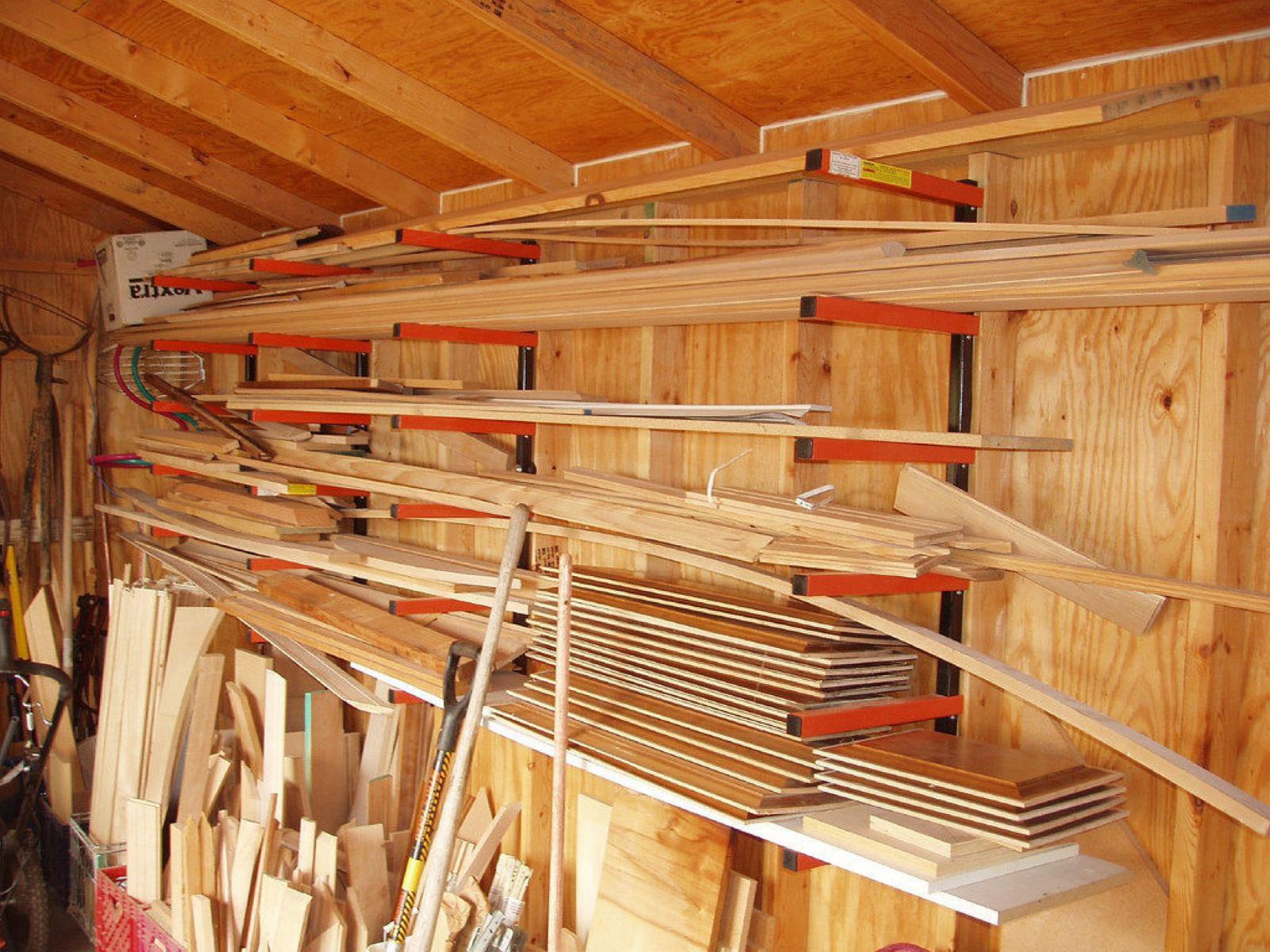

Articles
How To Store Wood
Modified: January 18, 2024
Discover effective methods for storing wood in this informative collection of articles. Protect your wood from rot, pests, and damage with these helpful tips.
(Many of the links in this article redirect to a specific reviewed product. Your purchase of these products through affiliate links helps to generate commission for Storables.com, at no extra cost. Learn more)
Introduction
Welcome to the world of woodworking! Whether you are a seasoned carpenter or an enthusiastic DIYer, properly storing your wood is a crucial aspect of maintaining its quality and usability. Whether you have a small collection of lumber or a full-blown workshop, understanding the best practices for storing wood will prevent damage, ensure longevity, and save you time and money in the long run.
Storing wood may seem like a simple task, but there are several factors to consider, such as the right location, preparation of the storage area, organizing and stacking the wood, protecting it from moisture, preventing pest infestations, ensuring proper air circulation, and monitoring and maintaining the storage space. In this article, we will guide you through each step to help you set up a wood storage system that keeps your materials in optimal condition.
Whether you are storing hardwood, softwood, plywood, or any other type of wood, the principles and techniques detailed in this article are applicable to all. So let’s dive in and learn how to store wood effectively!
Key Takeaways:
- Proper wood storage is crucial for maintaining quality and usability. Choose the right location, prepare the area, stack and organize wood effectively, and protect it from moisture and pests to ensure optimal condition.
- Regular monitoring and maintenance are essential for wood storage. Inspect, monitor temperature and humidity, address issues promptly, rotate wood, clean the area, manage inventory, and reapply protective measures for longevity and quality.
Read more: How To Store Wood Stain
Choosing the Right Location
When it comes to storing wood, the first step is to choose the right location. The ideal storage area should provide a stable environment that protects the wood from the elements and minimizes the risk of damage. Here are some key considerations when selecting a location:
- Temperature and Humidity: Wood is sensitive to changes in temperature and humidity, as these factors can cause warping, cracking, or even mold growth. Aim for a storage area with consistent temperature and humidity levels. The optimal range is between 40-50% humidity and 60-75°F (15-24°C) temperature. Avoid areas that are prone to extreme fluctuations, such as basements, attics, or areas near heating or cooling vents.
- Ventilation: Proper air circulation is crucial in preventing moisture buildup and reducing the chances of fungal growth. Choose a location with adequate ventilation, such as a well-ventilated garage or a separate storage shed with windows or vents. This will help maintain a healthy airflow and prevent condensation from forming on the wood.
- Sunlight Exposure: Prolonged exposure to direct sunlight can cause discoloration and degrade the wood’s quality over time. Direct sunlight can also increase temperature fluctuations. Choose a location away from windows or cover the windows with blinds or curtains to reduce sunlight exposure.
- Accessibility: Consider the accessibility of the storage area. It should be easily accessible for you to retrieve and organize the wood as needed. If you have heavy or large pieces of wood, ensure that there is enough space to maneuver and store them without damaging other materials.
By carefully selecting the right location, you can create a storage area that provides a stable environment for your wood, minimizing the risk of damage and ensuring its longevity.
Preparing the Storage Area
Once you have chosen the right location, it’s time to prepare the storage area to ensure optimal conditions for your wood. Taking the time to prepare the storage area properly will help protect your wood from potential damage and extend its lifespan. Here are some essential steps to follow:
- Cleaning: Before storing your wood, make sure to clean the storage area thoroughly. Remove any debris, dust, or dirt that may be present. This will prevent unwanted particles from accumulating on the wood’s surface or scratching it.
- Level and Stable Surface: Ensure that the storage area has a level and stable surface. Uneven surfaces can cause the wood to warp or become unstable. If necessary, use a leveling tool or add support to create a flat surface for stacking the wood.
- Moisture Barrier: Lay down a moisture barrier, such as plastic sheeting or a waterproof membrane, on the storage area’s floor. This will prevent moisture from seeping into the wood from the ground, reducing the risk of mold and rot.
- Protection from Wall Moisture: If the storage area shares a wall with an exterior wall or an area prone to moisture, consider installing a vapor barrier or insulation to protect the wood from potential moisture infiltration.
- Fire Safety: If you’re storing a significant amount of wood, it’s important to consider fire safety. Keep the storage area clear of any flammable materials and ensure the area is equipped with fire extinguishers or smoke detectors as necessary.
By thoroughly cleaning the storage area, creating a level surface, adding a moisture barrier, and considering fire safety, you can ensure that your storage area is well-prepared to protect your wood and keep it in optimal condition.
Stacking and Organizing Wood
Effective stacking and organizing of wood not only saves space but also helps maintain the integrity and accessibility of your materials. Properly stacked wood prevents warping, allows air to circulate, and makes it easier to locate specific pieces when needed. Follow these tips to stack and organize your wood:
- Stacking Technique: Start by creating a sturdy base with evenly sized and leveled pieces of wood. Place larger, heavier pieces at the bottom and stack lighter and smaller pieces on top. Ensure that the stacks are stable and secure to prevent them from toppling over.
- Spacing: Leave sufficient space between each stack or piece of wood to allow for proper air circulation. This helps prevent moisture accumulation and reduces the chances of mold or fungal growth.
- Orientation: Stack the wood with the cut ends facing upward and the bark side facing down. This helps prevent moisture from being absorbed through the cut ends and allows for better air circulation.
- Size and Type Separation: Separate different sizes and types of wood to make it easier to locate specific pieces. You can use dividers or labels to distinguish between hardwood, softwood, or other variations.
- Accessibility: Place frequently used wood near the front of the storage area for easy access. This avoids the need to shift multiple stacks to retrieve a single piece.
- Weight Distribution: Distribute the weight evenly across the stacks, especially when stacking heavy wood. Uneven weight distribution can lead to instability and potential damage to the wood or the surrounding stacks.
By following these stacking and organizing tips, you can optimize the use of space, maintain the quality of your wood, and efficiently locate specific pieces when you need them.
Protecting Wood from Moisture
Moisture is one of the biggest enemies of wood. Exposure to excessive moisture can lead to warping, rotting, and the growth of mold or fungi. To protect your wood from moisture damage, follow these essential steps:
- Proper Sealing: It’s important to seal the ends and any exposed surfaces of your wood to prevent moisture penetration. Use a high-quality wood sealer or paint to create a barrier that prevents water absorption.
- Covering with Tarp or Treated Fabric: If your wood is stored outdoors or in a storage area that is not completely weatherproof, cover the stacks with tarps or treated fabrics. Ensure that the cover is secured tightly to prevent water from seeping in.
- Avoid Ground Contact: Elevate the wood stacks from the ground to prevent moisture absorption. You can use pallets or concrete blocks to create a raised platform for the wood to rest on.
- Proper Drainage: Ensure that your wood storage area has proper drainage to prevent water from pooling or accumulating. Clear any debris or obstructions that may hinder the flow of water away from the storage area.
- Controlled Humidity: Consider using a dehumidifier or a humidity control system in the storage area, especially if you live in a high-humidity region. This helps maintain a consistent and optimal humidity level, decreasing the chances of moisture-related issues.
- Regular Inspection: Regularly inspect your wood stacks for any signs of moisture damage, such as discoloration, mold growth, or soft spots. If you notice any issues, take immediate action to address them and prevent further damage.
By sealing the wood, covering it with tarps or treated fabric, avoiding ground contact, ensuring proper drainage, controlling humidity, and regularly inspecting for moisture damage, you can effectively protect your wood from moisture-related issues and preserve its quality.
Store wood in a dry, well-ventilated area off the ground to prevent moisture and rot. Stack it loosely to allow for air circulation and cover the top to protect from rain and snow.
Read more: How To Store Wood Clamps
Preventing Pest Infestations
Pests such as insects and rodents can cause significant damage to your wood, compromising its quality and usability. To prevent pest infestations, follow these important steps:
- Keep the Area Clean: Regularly clean the storage area, removing any wood scraps, sawdust, or debris. Pests are attracted to these materials as a food source, so keeping the area clean will discourage their presence.
- Seal Entry Points: Inspect the storage area for any gaps, cracks, or openings that pests could use to enter. Seal these entry points using caulk or foam insulation to prevent pests from gaining access.
- Avoid Wood-to-Ground Contact: Just as with moisture protection, it’s essential to elevate the wood stacks off the ground. This helps prevent pests from accessing the wood from below and minimizes the chances of infestations.
- Monitor for Signs of Pests: Regularly inspect your wood for signs of pests, such as holes, chew marks, or sawdust trails. If you detect any signs of infestation, take immediate action to address the issue and eliminate the pests.
- Use Natural Preventatives: There are various natural deterrents you can use to discourage pests. For example, placing cedar chips or lavender sachets near the wood can repel insects. Additionally, you can consider using non-toxic pest control products designed specifically for wood storage.
- Properly Dispose of Infested Wood: If you find any wood that is severely infested, it’s crucial to properly dispose of it. Do not use it as firewood or leave it in the storage area, as it can attract more pests and spread the infestation.
By keeping the area clean, sealing entry points, avoiding wood-to-ground contact, monitoring for signs of pests, using natural preventatives, and properly disposing of infested wood, you can effectively prevent pest infestations and protect your wood from damage.
Ensuring Proper Air Circulation
Proper air circulation is crucial for maintaining the quality of your stored wood. It helps prevent moisture buildup, allows for natural drying, and reduces the risk of mold or fungal growth. Follow these steps to ensure proper air circulation in your wood storage area:
- Spacing Between Stacks: Leave sufficient space between each stack of wood. This allows air to circulate freely and dries any moisture that may be present.
- Elevating Stacks: Elevate the wood stacks off the ground using pallets or other raised platforms. This creates space underneath the wood, allowing air to flow from all directions and preventing moisture accumulation.
- Avoid Overcrowding: Do not overcrowd the storage area with too much wood. Overcrowding restricts airflow and hinders proper drying. Provide enough space for air to circulate freely around the stacks.
- Use Spacers: Consider using wooden spacers or small blocks between the individual pieces of wood within a stack. These spacers allow air to circulate within the stack, facilitating drying and reducing the chances of mold or fungal growth.
- Open Ventilation: Ensure that your storage area has proper ventilation. If possible, install windows, vents, or fans to promote airflow. This helps to remove excess moisture and maintain a healthy environment for the stored wood.
By maintaining proper spacing between stacks, elevating the wood, avoiding overcrowding, using spacers, and promoting open ventilation, you can ensure that air circulates effectively in your wood storage area, promoting drying and reducing the risk of moisture-related issues.
Monitoring and Maintaining Wood Storage
Monitoring and maintaining your wood storage area is essential to ensure the longevity and quality of your wood. By implementing proper monitoring and maintenance practices, you can identify and address any issues promptly. Here are some key steps to follow:
- Regular Inspections: Conduct regular inspections of your wood storage area. Check for any signs of damage, such as cracks, warping, or mold growth. Inspect the wood itself for any signs of pests, decay, or deterioration.
- Temperature and Humidity Monitoring: Use a hygrometer and a thermometer to monitor the temperature and humidity levels in your storage area. Regularly check and record these readings to ensure they remain within the optimal range for wood storage.
- Addressing Issues Promptly: If you notice any issues during your inspections, take immediate action to address them. Repair or replace damaged wood, seal any cracks or gaps, and eliminate any pests or signs of infestation.
- Rotating Wood: To ensure even drying and prevent the wood from sitting in one position for too long, consider rotating the wood stacks periodically. This allows all sides of the wood to receive proper airflow and prevents uneven drying or moisture retention.
- Proper Cleaning: Regularly clean the storage area, removing any dust, debris, or sawdust that may have accumulated. This helps maintain a clean and healthy environment for your wood.
- Inventory Management: Keep track of the wood you have in storage by maintaining an inventory. This allows you to monitor the age of the wood and prioritize its usage accordingly.
- Reapply Protective Measures: Over time, the protective coatings, sealants, or treatments on your wood may wear off. Periodically reapply these substances to ensure continued protection against moisture, pests, and other potential damage.
By regularly inspecting the storage area, monitoring temperature and humidity levels, addressing issues promptly, rotating wood, cleaning the area, managing inventory, and reapplying protective measures, you can effectively monitor and maintain your wood storage area and ensure the longevity and quality of your wood.
Conclusion
Properly storing your wood is essential for maintaining its quality and usability. By following the guidelines outlined in this article, you can create an optimal wood storage system that protects your materials from moisture, pests, and other potential damage.
Choosing the right location, preparing the storage area, stacking and organizing the wood, protecting it from moisture, preventing pest infestations, ensuring proper air circulation, and monitoring and maintaining the storage area are all key steps in maintaining the integrity of your wood.
Remember to choose a location with stable temperature and humidity levels, properly clean and prepare the storage area, stack the wood in a stable and organized manner, protect it from moisture with proper sealing and covering, prevent pest infestations through cleanliness and natural deterrents, promote proper air circulation, and regularly monitor and maintain the storage area.
By implementing these best practices, you will ensure that your wood remains in optimal condition and ready for your woodworking projects. Taking the time to store your wood correctly will help save you time and money in the long run while preserving the quality of your materials.
So don’t overlook the importance of proper wood storage. Follow these guidelines, and your wood will be protected, accessible, and ready for your next woodworking endeavor!
Frequently Asked Questions about How To Store Wood
Was this page helpful?
At Storables.com, we guarantee accurate and reliable information. Our content, validated by Expert Board Contributors, is crafted following stringent Editorial Policies. We're committed to providing you with well-researched, expert-backed insights for all your informational needs.
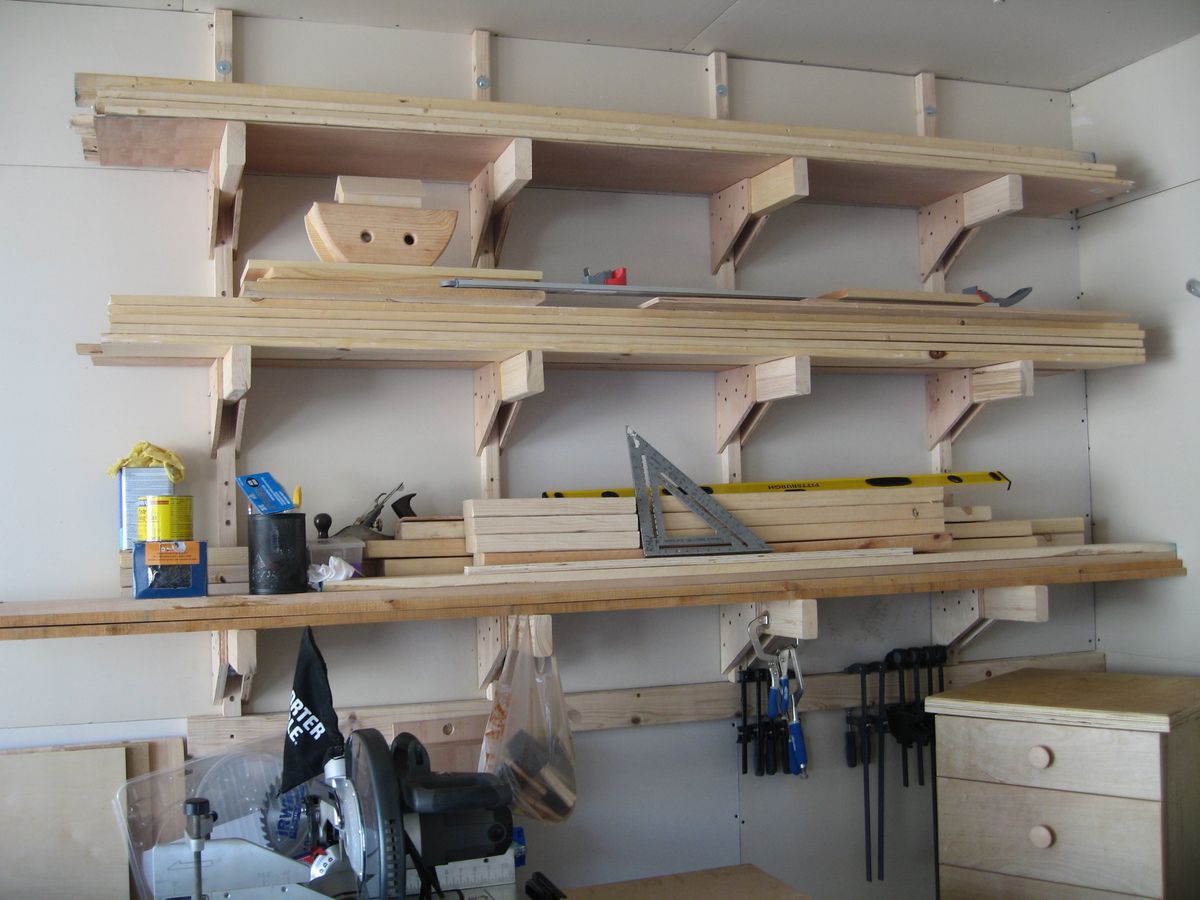

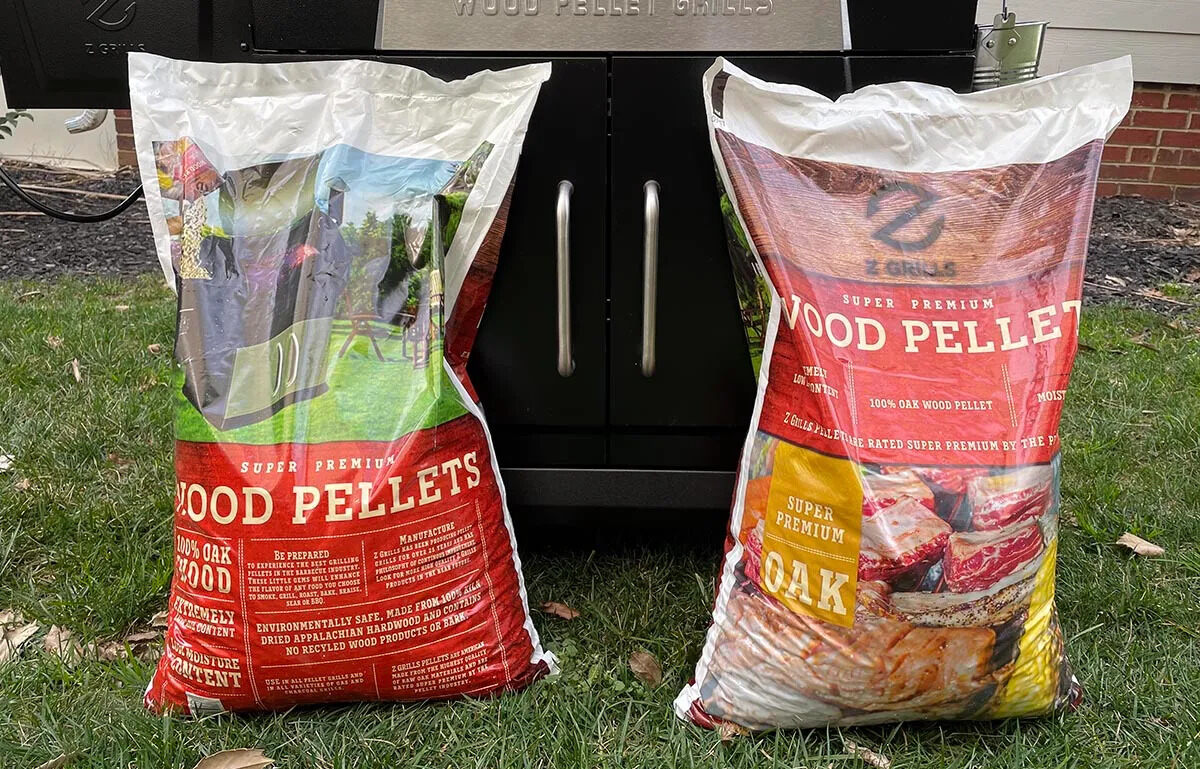
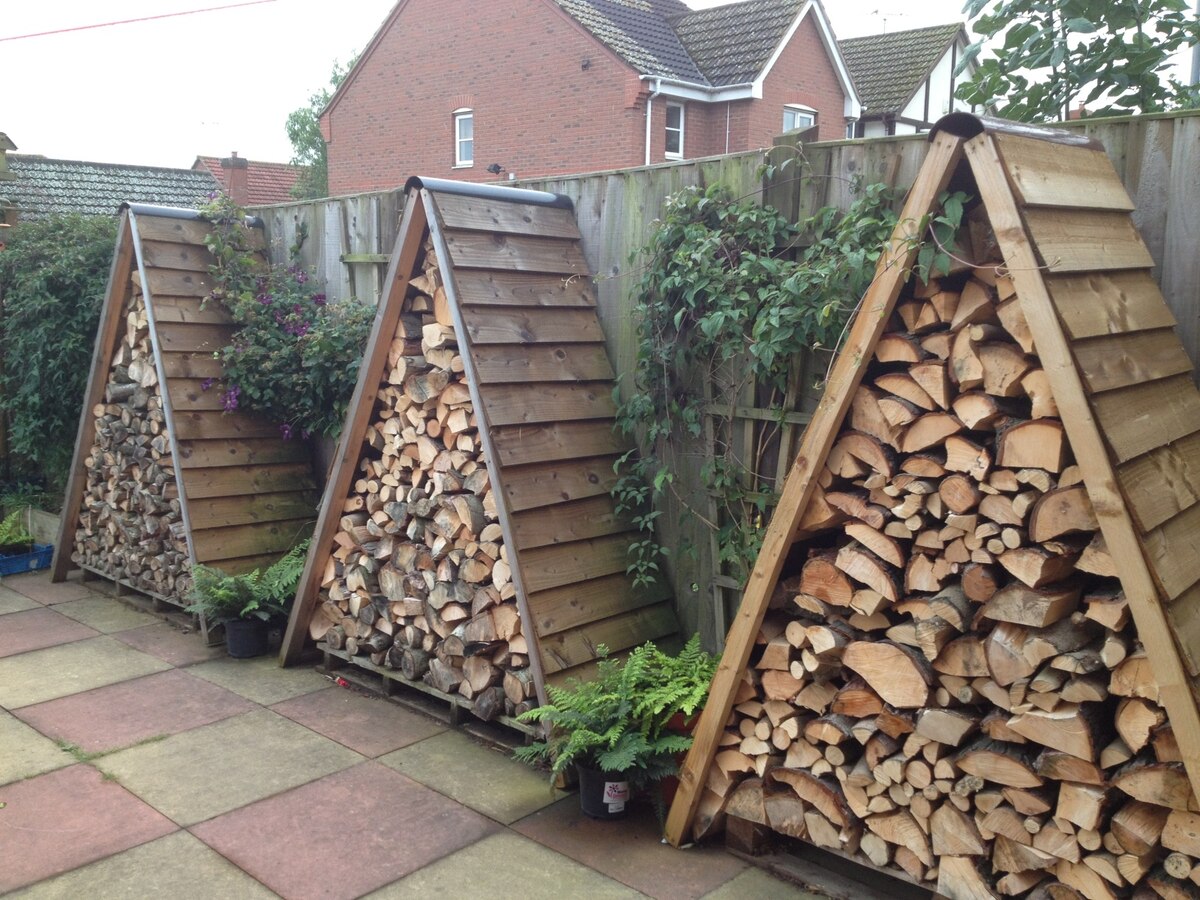
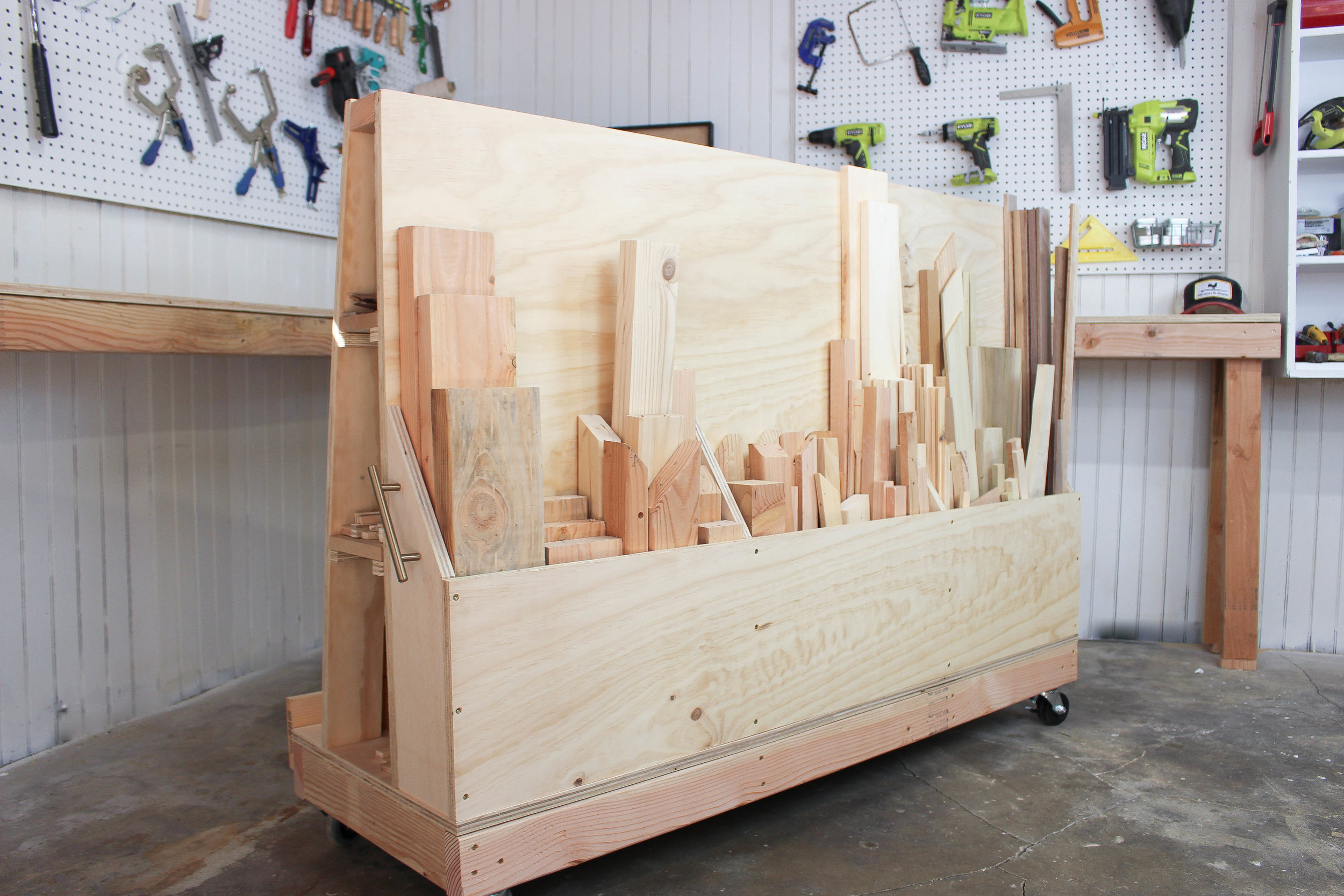

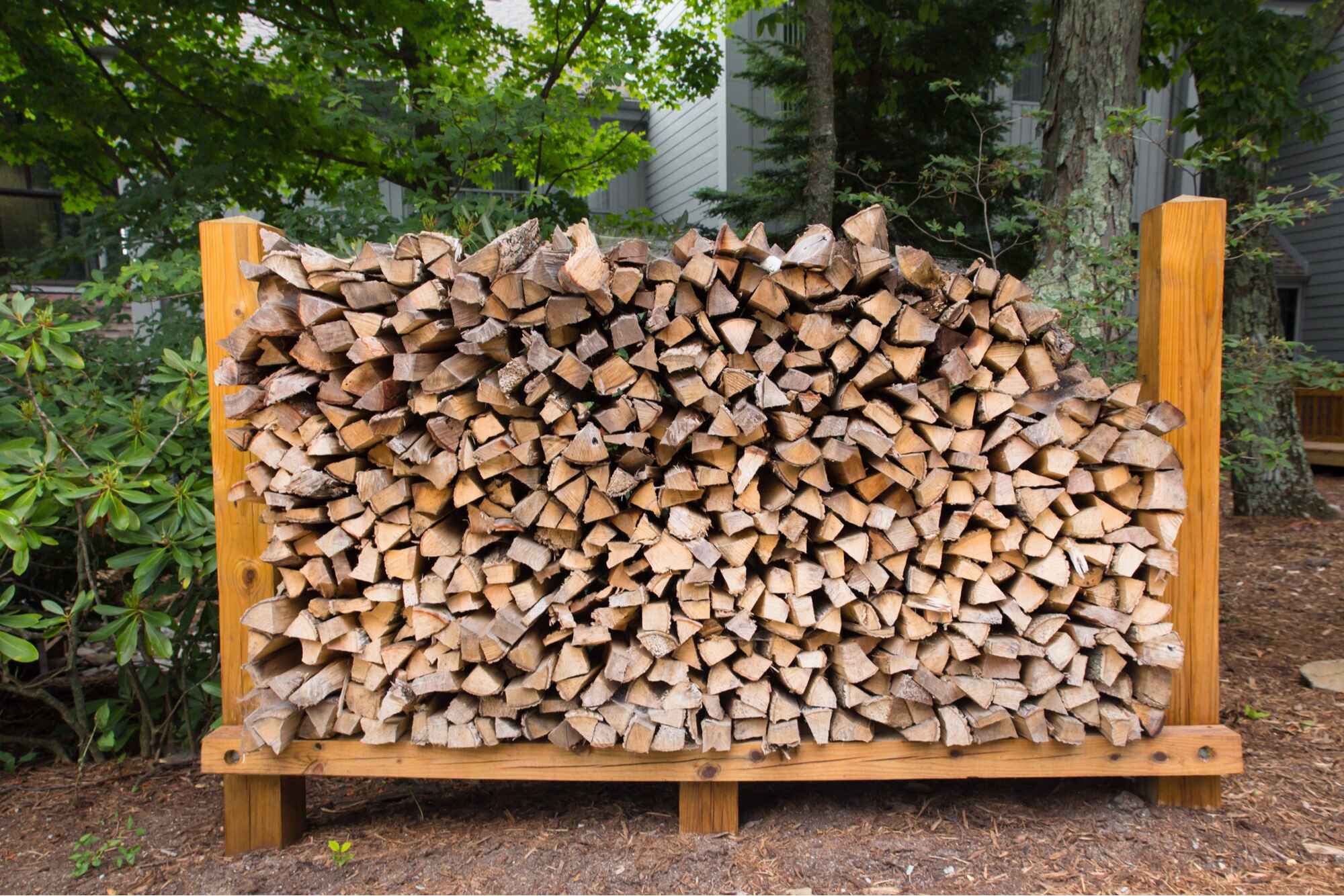
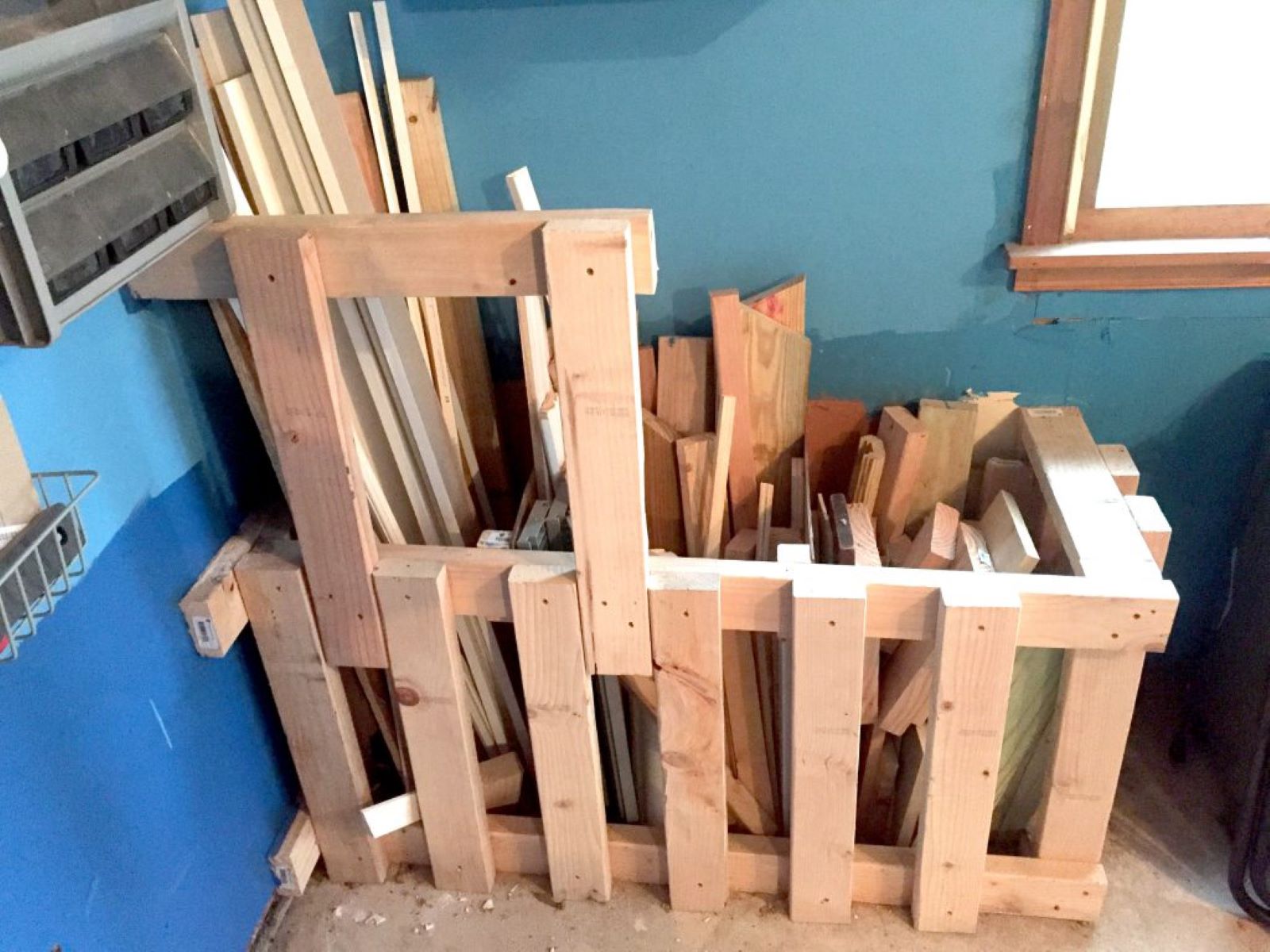

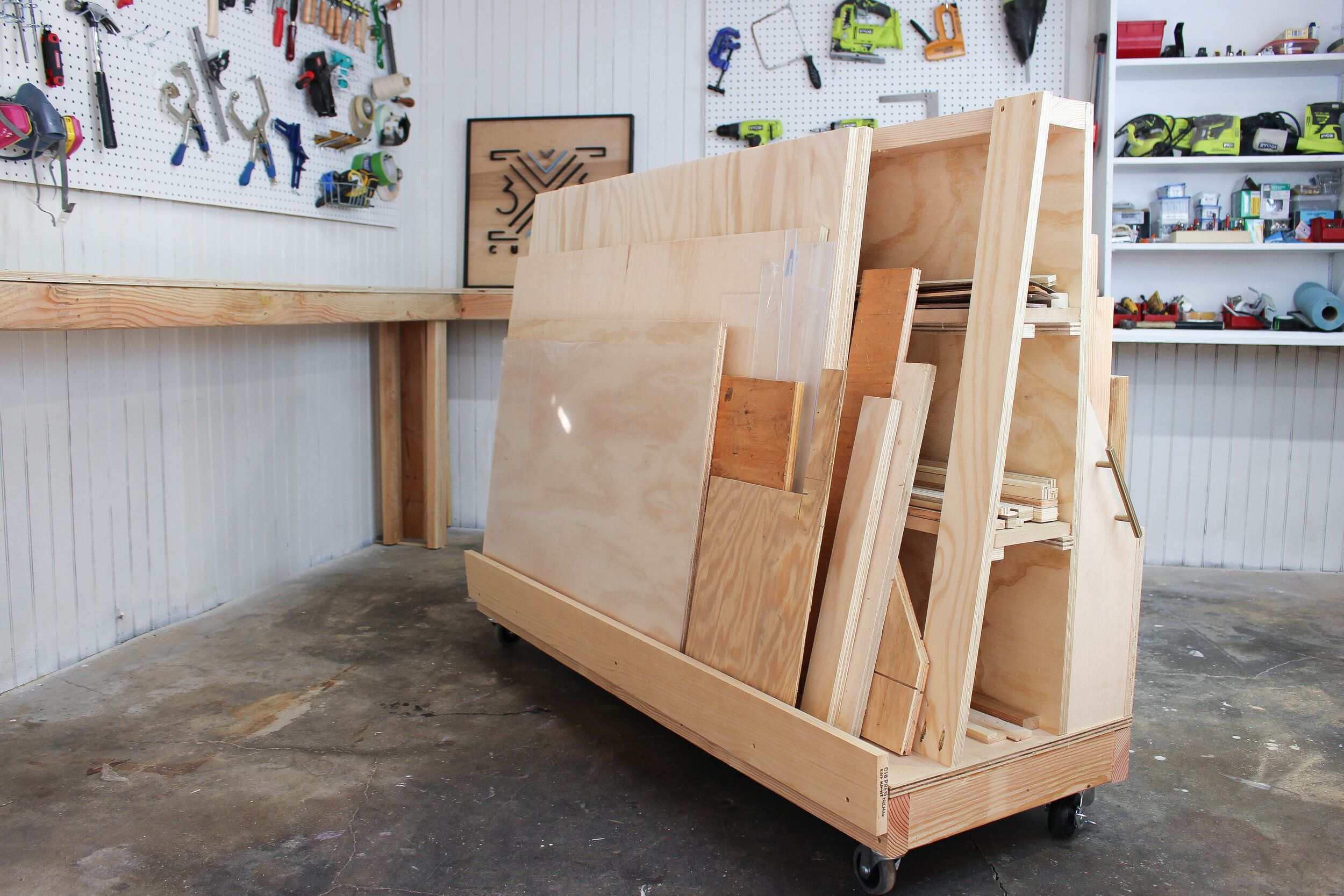


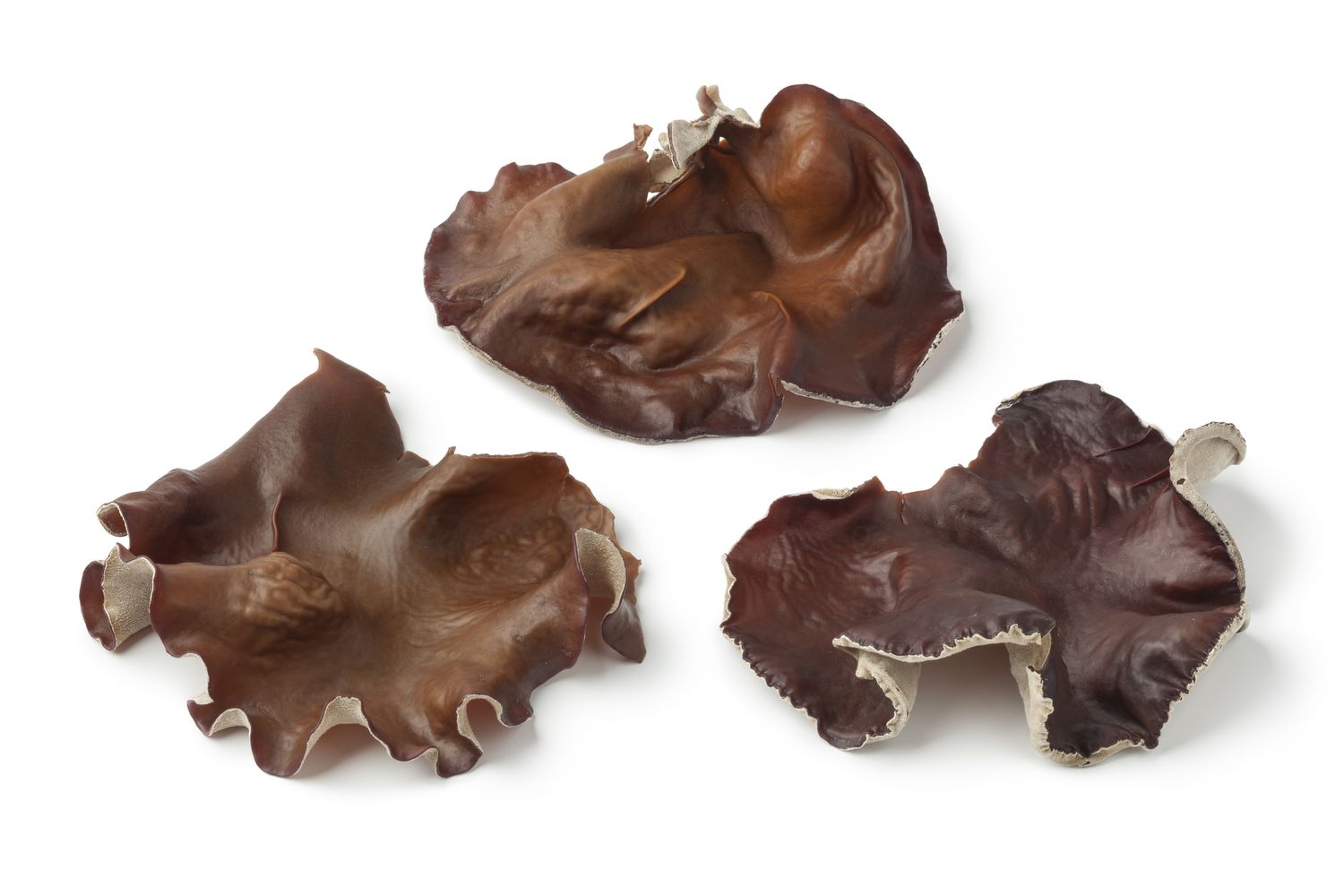
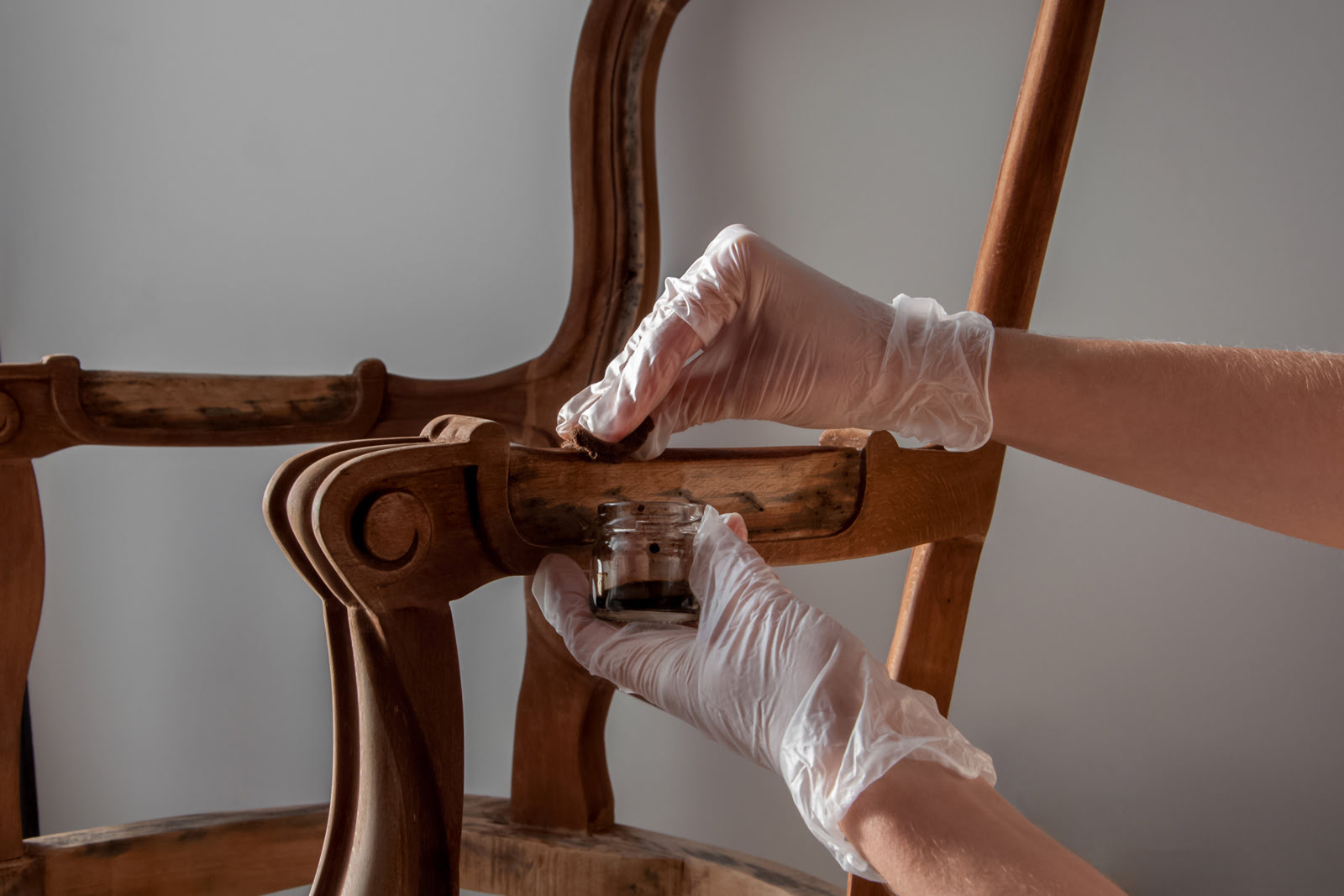

0 thoughts on “How To Store Wood”